
WE’RE LEADING REFRACTORY SERVICE SPECIALIST IN INTEGRATED STEEL PLANTS
REFRACTORY SERVICES

Steel Ladle
Lining
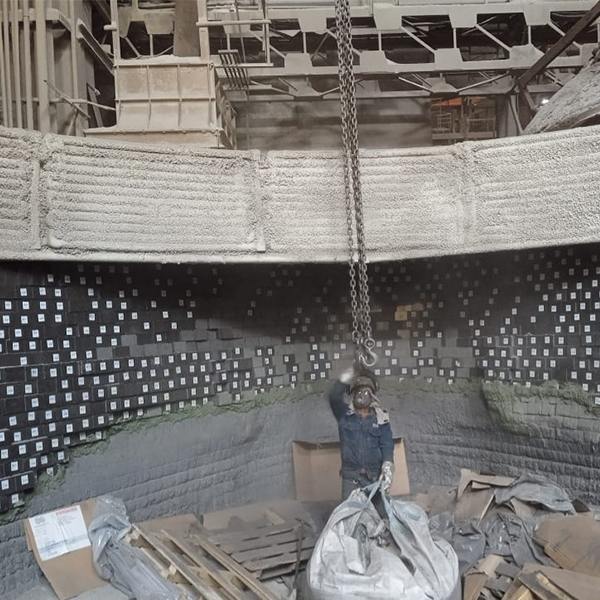
CONARC Furnace
Lining
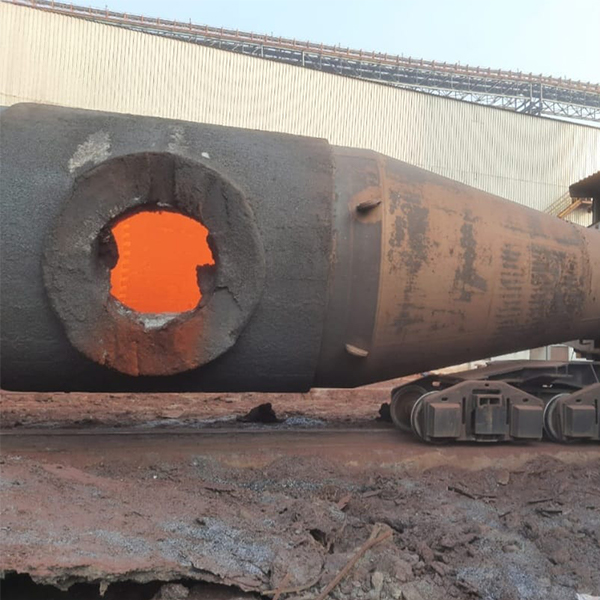
Torpedo Ladle
Lining
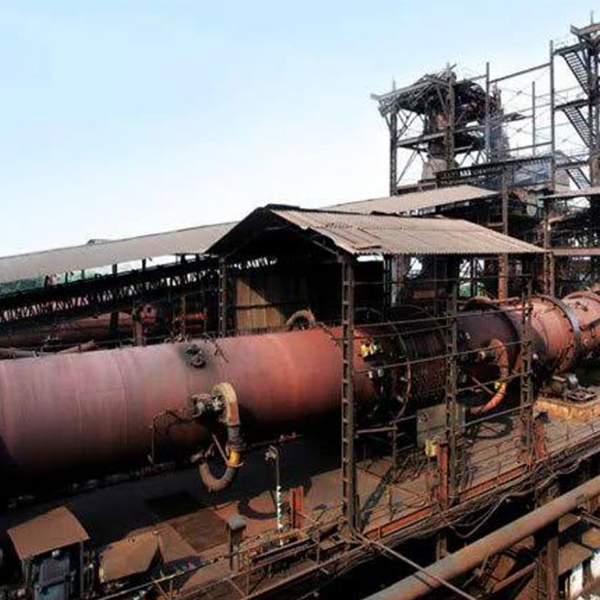
SPONGE
IRON PLANT Gunning

Lime
Calcination Plant Lining

WE HAVE GUNNING JOB EXPERTISE IN
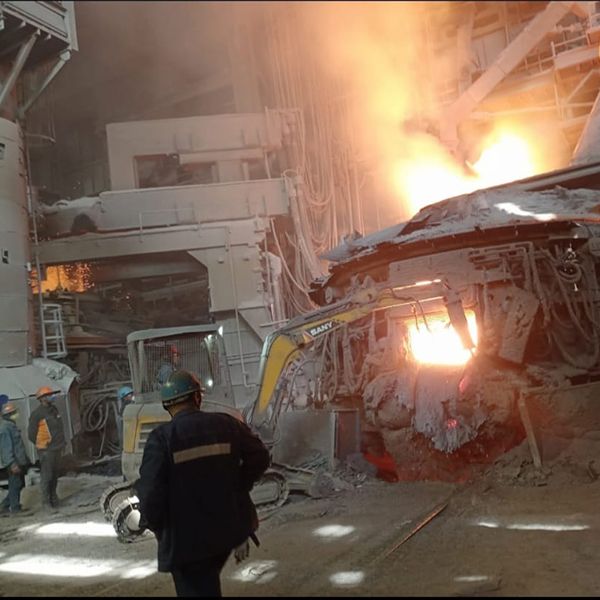
Launder and Slag Door
Metal Jam Cleaning
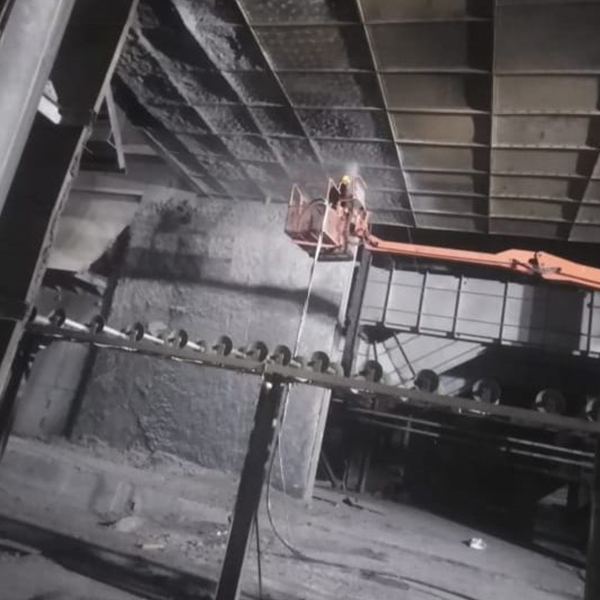
Miscellaneous
Gunning
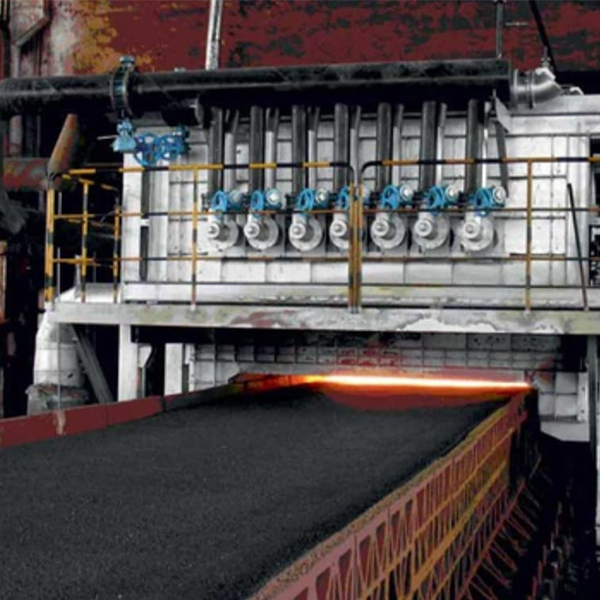
Sinter plant
Gunning














